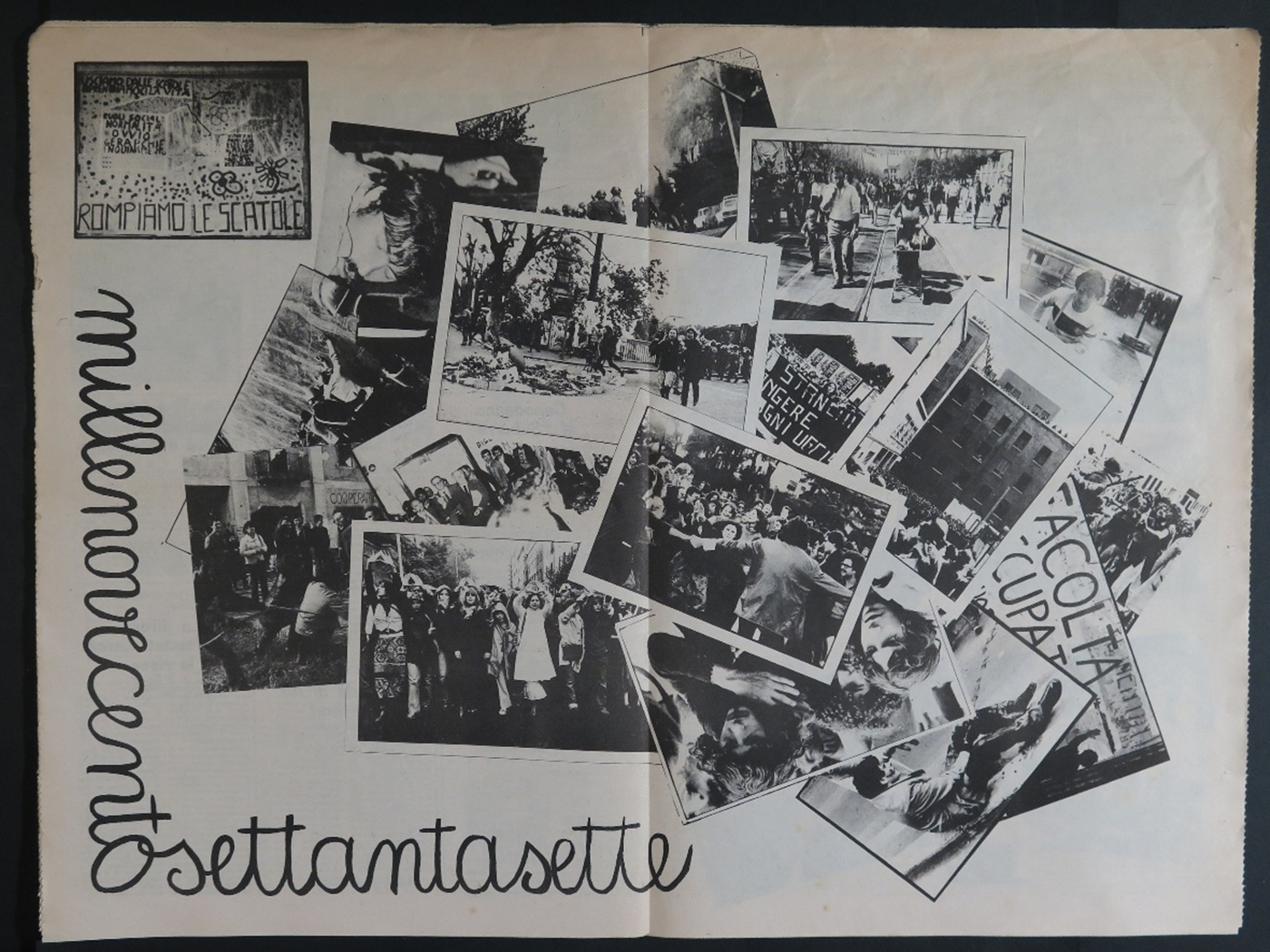CERCA

’77 No Commercial Use
Il 1977 è la sua data di nascita, e Luis Fulvio utilizza questa premessa per approfondire un interesse personale nei confronti di un periodo contraddittorio, vitale e ribelle. Assemblando le immagini di repertorio di quell’anno, ricorda e rende omaggio allo spirito di quella generazione dando vita a un’opera non commerciale fin dal titolo. Il tentativo seguito dal regista è allora quello di fare emergere «quelle forze e quelle tante immagini, facce, espressioni che sono apparse e scomparse in quell’anno e non esistono più». Sono parole di Tano D'Amico, il più grande fotografo del ‘77 a Roma, che aggiunge «sono scomparse forse perché la faccia ognuno se la fa con le domande che si pone, e quelle domande non esistono più, almeno formulate in quel modo».
Luis Fulvio was born in 1977, and this was the premise for his very personal interest in such a rebellious, contradictory and lively year as that one. Making a found footage documentary, he tries to remember and honor the spirit of that year and that generation by making a “noncommercial” documentary, as stressed and anticipated by the titles. In this film, Luis Fulvio shows the «strengths, pictures, faces, and expressions appeared and then disappeared during that year», as Tano D’Amico, the most representative photographer of the Roman riots of 1977, says. Who also states: «if these faces have disappeared, maybe it is because the kind of expression a person has depends on the kind of questions she asks herself, and this questioning doesn’t exist anymore, at least as it was formulated during that time».



